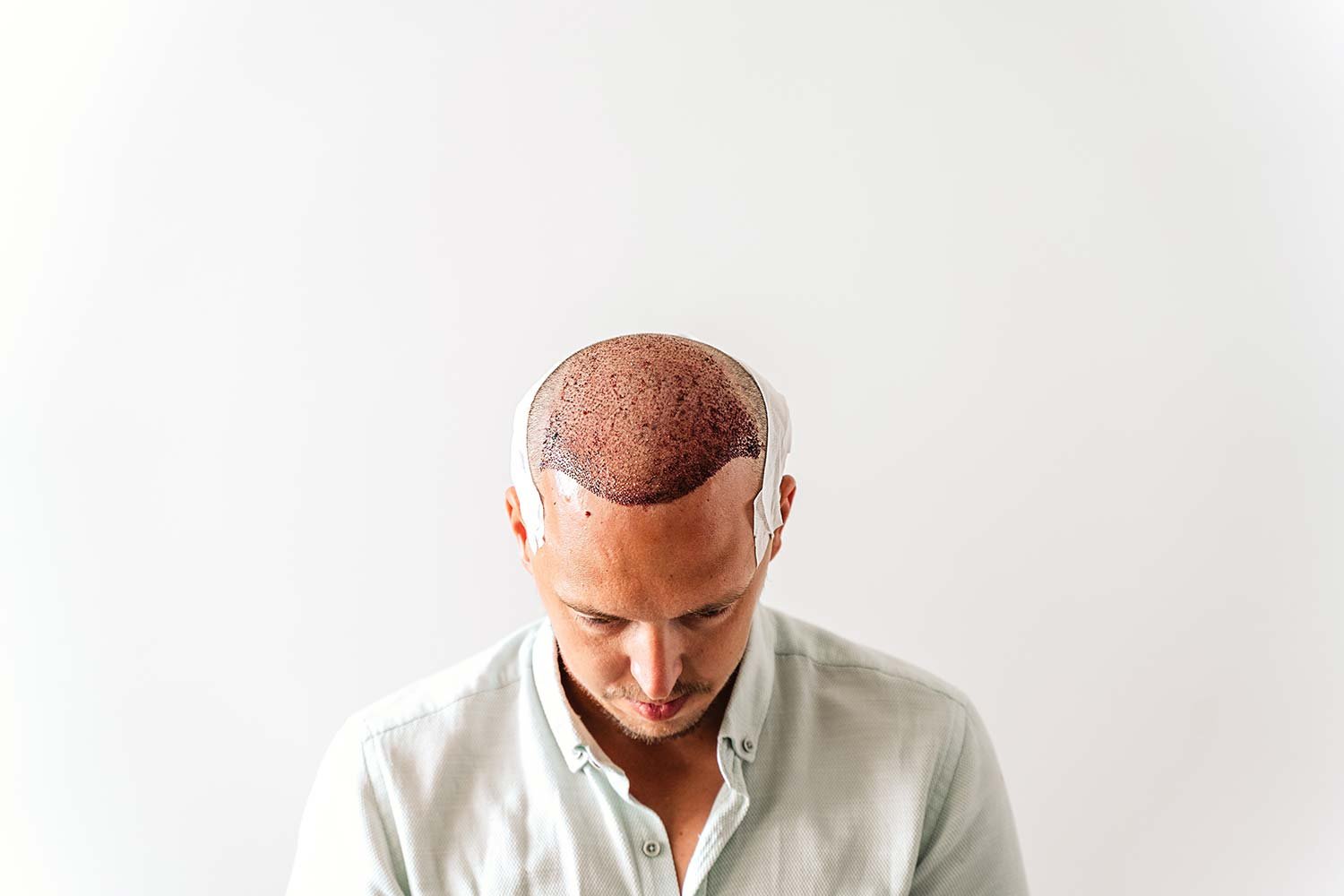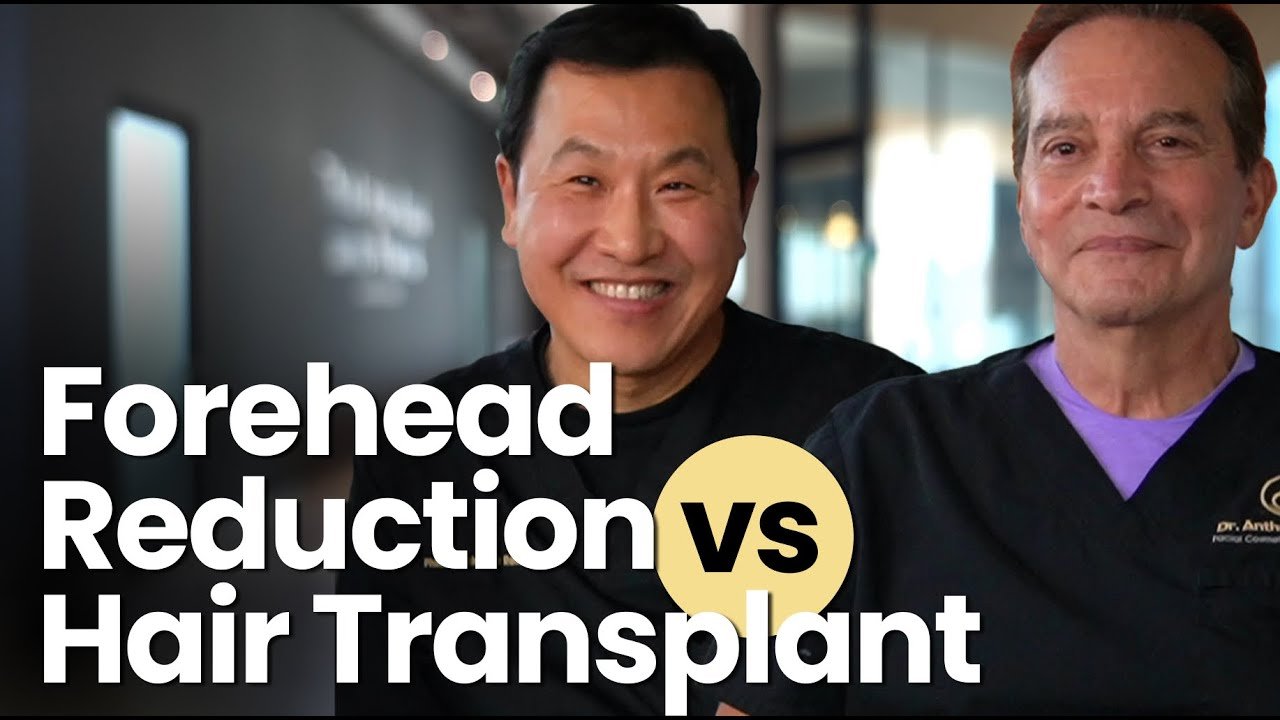If you’re nervous about folliculitis after hair transplantation, these are a few tips that can help you.
I’m Dr. Anthony Farole, the director of Philadelphia Hair Restoration. I experienced folliculitis after my third hair transplant procedure, and it really isn’t that bad.
Continue reading to learn more about folliculitis after a hair transplant, and contact us at Philadelphia Hair Restoration today to schedule a consultation or reach out with any questions.
What Is Folliculitis?
Folliculitis is an infection or inflammation of the hair follicles, often caused by bacteria, fungi, or irritation. It can appear as small red bumps on the scalp or other areas of the body where hair grows. If you notice bumps when running your fingers through your hair, it could be a sign of folliculitis.
After a hair transplant in Philadelphia, it’s important not to pick at scabs or irritate the area, as this can worsen the condition or lead to further complications.
Why Does Folliculitis Occur After A Hair Transplant?
Folliculitis, however, is different. It happens when the transplanted follicle gets trapped and can’t break through the skin. A hair follicle can’t grow outside of it, which causes inflammation, almost like a small pimple.
When this happens, you will feel something that resembles a little scab. If you just run your finger over it gently, you might burst what feels like a tiny pimple—very small. This folliculitis doesn’t occur throughout the entire scalp. It happens focally, in very few areas here and there.
Even if you haven’t had a hair transplant, you can experience folliculitis. For example, people with large pores in their skin tend to experience more acne or sebaceous cysts.
Folliculitis can best be managed with good hygiene. What does that mean? It means washing your hair regularly, rinsing it well, and letting the healing process take its course. Folliculitis does not require medications of any kind.
Symptoms of Folliculitis Following A Hair Transplant
Red Bumps
Folliculitis often appears as small, red bumps on the scalp. These bumps may resemble mild acne and are usually localized rather than spread across the scalp.
Pus-Filled Blisters
In some cases, folliculitis can develop into tiny, pus-filled blisters. If you gently run your finger over them, they may burst like a small pimple.
Itching
Mild itching may occur in areas affected by folliculitis. However, it is usually not severe or persistent.
Tenderness
The affected areas may feel slightly tender to the touch, but folliculitis is generally not painful or uncomfortable.
How To Tell The Difference Between Folliculitis & Normal Post-Hair Transplant Irritation
The timing is the most important factor. By and large, folliculitis does not occur in the first month after transplantation. It usually happens only after the hairs have been buried or implanted.
Folliculitis typically does not appear until at least a few months after the procedure. However, know that folliculitis can persist indefinitely, even years after the transplantation.
Again, it is so minor. As a recipient who has experienced folliculitis, I can go six months or more without any signs at all. When I say signs, you can only tell by touching your scalp. It’s not something you feel alone—you might feel a little itch occasionally, but it’s hardly noticeable.
That’s the main difference between folliculitis and post-implant scabbing. They are entirely different.
Treating Folliculitis After A Hair Transplant
Basic Care
If someone experiences folliculitis after a hair transplantation, what should they do?
First, don’t panic. It’s common and not something to worry about. Second, if you experience it, talk to one of us who has performed the hair transplantation. We can share tips to help you manage it.
Avoiding Irritants
One important thing is to maintain good hair hygiene: wash your hair, rinse it thoroughly, and, if needed, use medicated shampoo. These steps can keep folliculitis, which is simply inflammation of the hair follicle, to a minimum.
Proper Hygiene & Reducing Scalp Sweat
Keeping your scalp clean and dry is key to managing folliculitis. Regular washing, especially after sweating, can help reduce the risk of clogged follicles.
Schedule a Consultation at Philadelphia Hair Restoration Today
Folliculitis after a hair transplant is a common and manageable condition that should not cause concern. Proper hygiene and care allow you to maintain a healthy scalp and enjoy long-lasting results from your procedure.
Schedule a consultation at Philadelphia Hair Restoration today, and let us help you care for folliculitis after a hair transplant.



